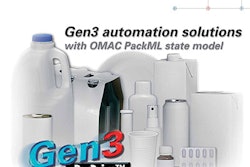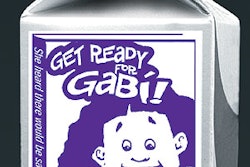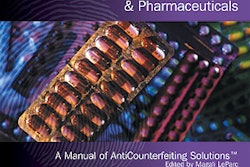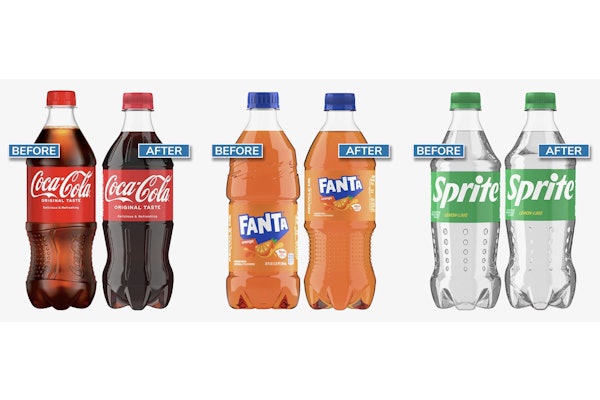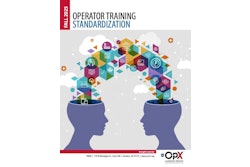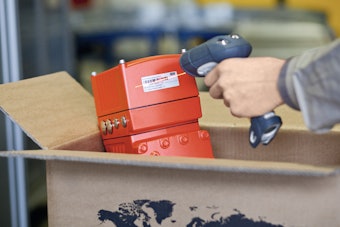Lightbulbs are something everyone knows about, right? Not really, says a variety of research conducted by Philips Lighting, Somerset, NJ. That’s why Philips embarked on a major package graphics revamping that culminated in its new DuraMax line of long-life bulbs last summer.
The origins of the graphics change go back a couple of years, according to Geraldine de Sousa, marketing manager for consumer products at Philips. Over the years, she says, Philips had introduced new products in lightbulbs, but all without a cohesive plan for packaging graphics. The result, she explains, was “a lot of inconsistency in our packaging copy. Before the packaging change, we had an incandescent product line called Long Life,” de Sousa explains. “But not all of our packages displayed Long Life; some showed copy that said Longer Life, while others had no statement at all.”
The inconsistency, coupled with what Philips had learned from research over the last couple of years, made it clear that a redesign was overdue. Plus, de Sousa says, “we wanted to offer a product line under a single family name with much-improved graphics.”
Over the last couple of years, Philips had conducted focus groups with consumers about packaging. “They told us they liked our packaging and that we have a lot of equity in the colors we use against the black background,” de Sousa reports. “Some consumers told us they found the packages too cluttered.” In some cases, Philips used bilingual copy and even had a few packages with both French and Spanish copy.
While the company was considering this research and the results of a packaging attributes study from 2001, it also contracted with Envirosell to study how consumers shop for lightbulbs. Philips’ marketing staff had been impressed by the book, Why We Buy by Paco Underhill, a retail anthropologist and founder of Envirosell.
“That study showed us that consumers are tremendously confused when purchasing lightbulbs,” de Sousa reports. “They are really overwhelmed by the amount of choice they have when they go to a store. Many of the consumers who were interviewed in the stores said they looked to the package to provide the information they needed to make their decisions—not necessarily the merchandising displays in the stores.”
Further, Envirosell’s tracking reports showed that 19% of shoppers look confused when shopping for bulbs, and 5% give up entirely, leaving the aisle empty-handed. If they come back, they’re likely to be part of the 13% of shoppers who bring their burnt-out bulb with them to the store. That, according to the research group, is the same percentage of shoppers who have a shopping list.
Packaging concepts
At this point, Philips was convinced that it needed to improve its packaging by simplifying it. So management worked with an outside packaging design company to develop some different package graphic concepts. “We went through a lot of different designs until we came up with a design that retained the equity of our previous packaging graphics but would be evolutionary to appeal to more of the people we had studied,” says de Sousa.
Throughout the process, says Chuck Jutrzenka, Philips’ packaging engineer, there was little thought given to changing the materials that the company uses to package its bulbs. Philips uses glued and unprinted, white single-faced corrugated sheet to hold the bulbs inside a 14-pt clay-coated, newsback chipboard sleeve that’s offset printed in four colors. Several suppliers are used for the materials. The lightbulbs are packed in three separate locations for the national market.
Because of the need for an outstanding appearance in the stores, Philips uses a white corrugated shipping tray rather than a kraft-colored corrugated. “When a consumer walks up to a display in the store,” de Sousa says, “we want to show a clean, white product presentation. That also helps the colors on our packaging stand out more.”
Organizing vital data
As Philips began to interpret consumers’ information needs, it also recognized that the Federal Trade Commission’s guidelines required some details about the product to be on the package.
“In one of our focus groups, consumers told us they were suspicious about why some information on light output, energy usage, and bulb life was obvious on some packaging and not on others, or often not easy to find,” de Sousa says. “Those kinds of details are required for some products like standard soft white bulbs, but not for decorative bulbs.
“We made the decision to provide this information across the entire DuraMax line, whether it was required or not. We believe this enables consumers to make comparisons more easily in the store.” The Envirosell research showed that 71% of consumers cite packaging as their primary source of information when choosing a bulb, and 22% say that more information on packaging would save them time in the store.
Along with wattage, bulb life, and light output, the new DuraMax packages also clearly display the bulb type, recommended applications, size of the base, and the bulb shape—all on the front panel. The application is communicated via icons on the front. On the back panel, a chart of bulb usage displays application icons along with bulb names and shapes, so consumers can understand which bulbs are designed for which uses.
“We had tried the application chart once before with a different product line,” recalls de Sousa. “Consumers liked it, so we adapted it for the incandescent bulbs in the DuraMax line.”
When Philips created the DuraMax line, it combined all of the previous long-life bulbs under one brand. Other than packaging, de Sousa says that Philips also performed some product development so that every product in the line would carry a minimum of a one-year life. “Now in our line, we have bulbs that last from one year on up to 30 months,” she points out.
The line made its debut last summer at Target stores. By the fourth quarter of last year, DuraMax products were available at Home Depot outlets, and the company hopes for full national distribution early this year.




